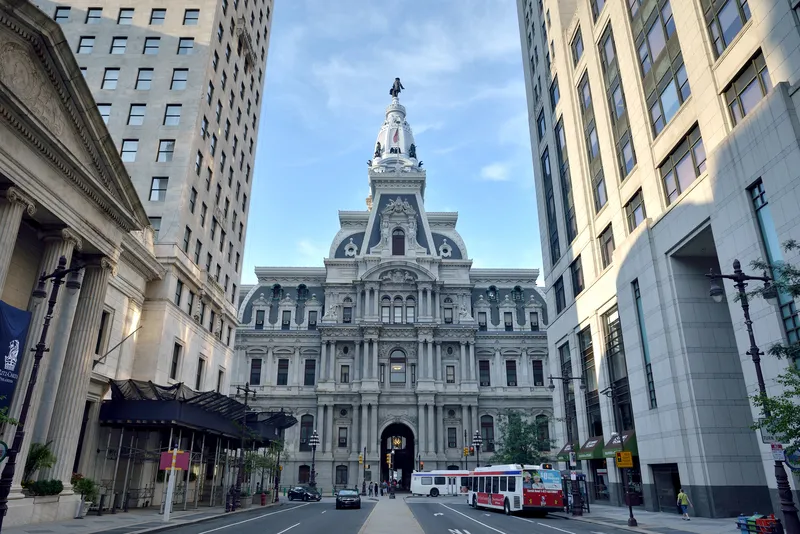
Southeastern Pennsylvania Transit Authority (Septa) has employed Hayden AI to run a 60-day camera-assisted bus lane and stop technology pilot in Philadelphia.
Initially on bus routes 21 and 42, camera systems are mounted inside seven buses and automatically detect illegally parked vehicles on the Chestnut Street and Walnut Street bus lanes and at bus stops.
No tickets are being issued but this demonstration is expected to reveal how illegal parking impacts transit - preventing accessible boarding and delaying transit times.
Since 20 April, Septa buses equipped with the pilot system have recorded over 4,000 incidences of parking in bus lanes or bus stops per week.
Bus speeds in Philadelphia average 8mph, slower than the national average of 13-14mph, Septa says, "costing riders time and contributing to operating expenses".
Septa quantifies this as 1.7 million hours of passenger delay and an additional $15.4m to its own operating costs.
“Septa is excited to explore how new technologies can help improve safety on the system, as well as the overall customer experience,” said the agency's general manager and CEO Leslie S. Richards.
“This pilot programme will help us better identify areas where we are seeing bus lane violations and look at possible solutions."
“Bus service should be rapid, accessible, and safe to board, but illegal parking in dedicated transit zones makes this impossible,” said Chris Carson, CEO and co-founder of Hayden AI.
“We’ve seen our technology help keep bus lanes clear for buses in New York and are excited to assist Septa with this technology pilot in Philadelphia.”








